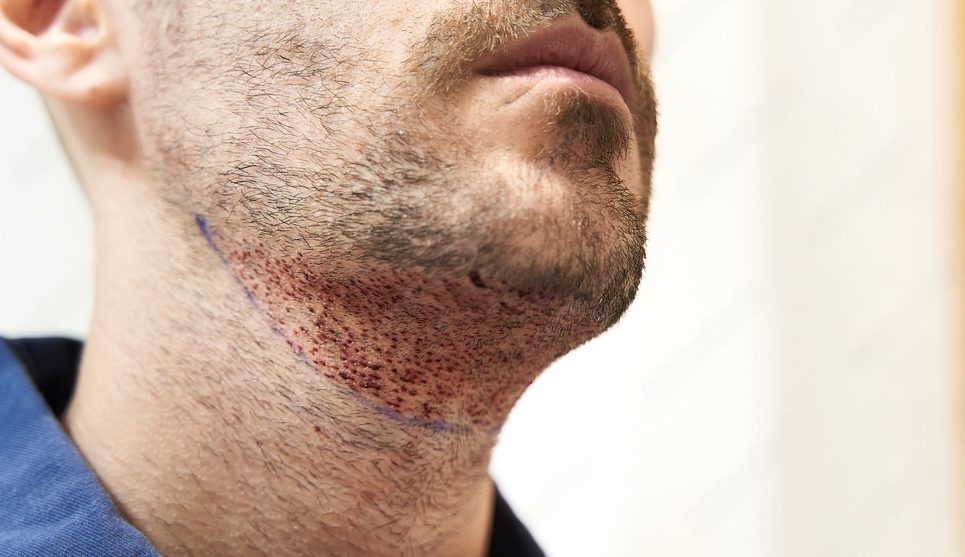Extent Hair Transplant and Skin Care restores hair and skin. Our skilled staff knows how hair loss and skin diseases affect mental health. Extent Hair Transplant and Skin Care in Islamabad ensures your comfort during the treatment. We use the latest hair transplant and skincare technology to treat you.
Beard & Mustache Transplant
Beard and Mustache Hair Transplant at Extent Hair and Skin Clinic
Achieve the Facial Hair You Desire
At Extent Hair and Skin Clinic, we are aware of how crucial facial hair is to expressing your individuality and masculinity. For a full, well-groomed beard or mustache, try our specialized Beard and Mustache Hair Transplant technique. We can help you improve your face characteristics and increase your confidence by utilizing our experience in hair restoration.
What is Beard and Mustache Hair Transplant?
A specialist hair restoration surgery called beard and mustache hair transplant involves transferring hair follicles to parts of the face where the development of facial hair is desired. Our skilled hair restoration specialists remove hair follicles from the donor location, usually the back of the head, and implant them in the beard or mustache area using cutting-edge methods and accuracy. You can obtain a fuller, more defined facial hair appearance with this technique.


Schedule a Consultation Today
Schedule an appointment with our skilled hair restoration team at Extent Hair and Skin Clinic if you’re ready to take the first step toward getting more hair and feeling better about yourself. During your consultation, we’ll figure out what your specific needs are and talk in depth about the Beard & Mustache transplant process.
Your Questions, Answered!
Frequently Asked Questions (FAQs)
Answer: A beard or mustache transplant is a surgery in which hair follicles from a donor area (usually the back of the head) are moved to the parts of the face where a beard or mustache is wanted to grow. Its goal is to repair or improve the thickness and look of facial hair.
Answer: You might be a good choice for a beard or mustache transplant if you have a patchy or thin beard or mustache, have lost hair because of scarring or trauma, or just want a fuller, more defined mustache or beard. Our experienced transplant surgeon will help you figure out if you are eligible for a transplant by talking to you about your wants and goals.
Answer: Hair follicles are frequently removed from the donor location during the treatment using a method called follicular unit extraction (FUE). The recipient portions of the beard or mustache are then properly grafted with the transplanted hair follicles. To make the surgery as comfortable as possible, local anesthetic is administered.
Answer: Yes, the outcomes of a beard or mustache transplant are indeed thought to be permanent. The hormone that causes male pattern baldness, DHT (dihydrotestosterone), usually has no influence on the transplanted hair follicles. It’s crucial to remember that over time, the effects of natural aging might still be seen in how the transplanted hair looks.
Answer: You can feel some little swelling, redness, and scabbing in the transplanted location after the surgery. These are typical, transient adverse effects that typically go away within a few days to a week. You will receive post-operative care instructions from our transplant surgeon, which may include advice on how to wash, protect the transplanted area, and steer clear of rigorous activities.
Answer: As with any surgical operation, there are possible dangers even though problems are uncommon. These include the potential for infection, hemorrhage, scarring, or transient shock loss (temporary hair losing). These hazards are considerably decreased by selecting a qualified and experienced transplant surgeon. Our surgeon will go over potential risks and advantages pertaining to your case during your appointment.
Your Questions, Answered!
Frequently Asked Questions (FAQs)
Answer: A beard or mustache transplant is a surgery in which hair follicles from a donor area (usually the back of the head) are moved to the parts of the face where a beard or mustache is wanted to grow. Its goal is to repair or improve the thickness and look of facial hair.
Answer: You might be a good choice for a beard or mustache transplant if you have a patchy or thin beard or mustache, have lost hair because of scarring or trauma, or just want a fuller, more defined mustache or beard. Our experienced transplant surgeon will help you figure out if you are eligible for a transplant by talking to you about your wants and goals.
Answer: Hair follicles are frequently removed from the donor location during the treatment using a method called follicular unit extraction (FUE). The recipient portions of the beard or mustache are then properly grafted with the transplanted hair follicles. To make the surgery as comfortable as possible, local anesthetic is administered.
Answer: Yes, the outcomes of a beard or mustache transplant are indeed thought to be permanent. The hormone that causes male pattern baldness, DHT (dihydrotestosterone), usually has no influence on the transplanted hair follicles. It’s crucial to remember that over time, the effects of natural aging might still be seen in how the transplanted hair looks.
Answer: You can feel some little swelling, redness, and scabbing in the transplanted location after the surgery. These are typical, transient adverse effects that typically go away within a few days to a week. You will receive post-operative care instructions from our transplant surgeon, which may include advice on how to wash, protect the transplanted area, and steer clear of rigorous activities.
Answer: As with any surgical operation, there are possible dangers even though problems are uncommon. These include the potential for infection, hemorrhage, scarring, or transient shock loss (temporary hair losing). These hazards are considerably decreased by selecting a qualified and experienced transplant surgeon. Our surgeon will go over potential risks and advantages pertaining to your case during your appointment.

